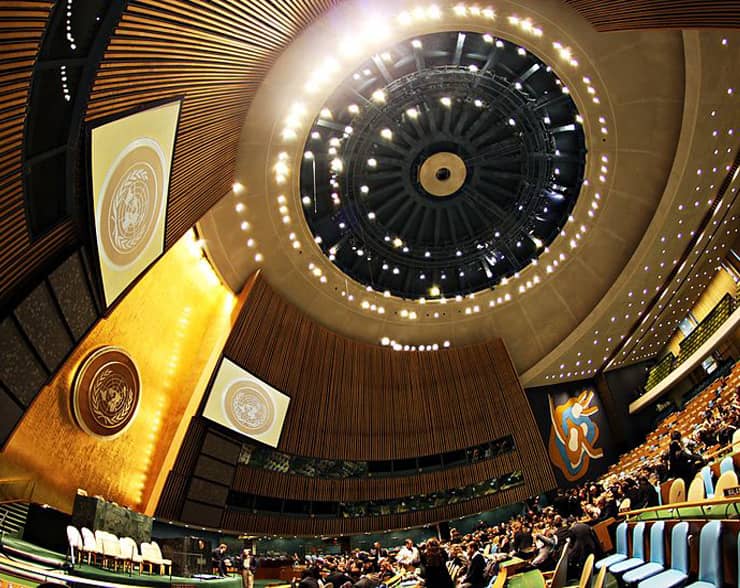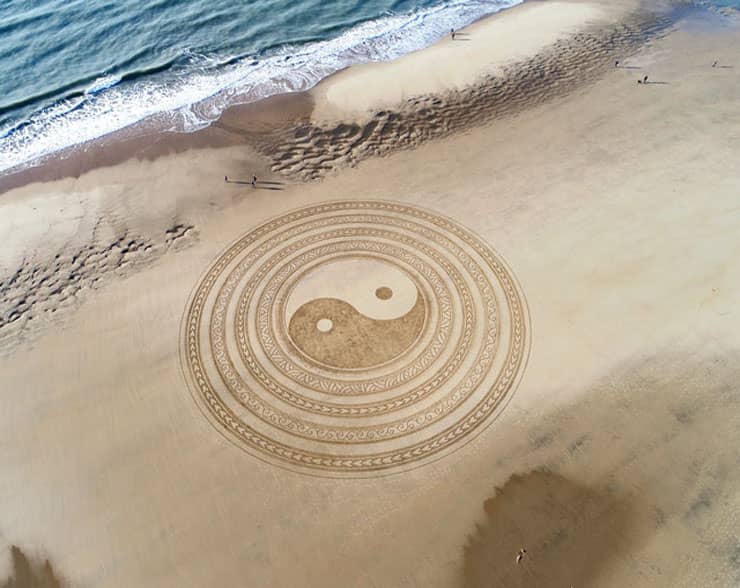 Rapprochement of Cultures.
Rapprochement of Cultures.
Interfaith Harmony Week: Chou Tun-yi: A Voice for Our…
Featured Image: Chou Tun-yi or Zhou Dunyi. By 清宫殿藏画本. 北京: 故宫博物馆出版社. 1994., Public domain, via Wikimedia Commons.
The United Nations General Assembly on 20 October 2010 proclaimed the first week of February of each year as the “World Interfaith Harmony Week” among all religions, faiths and beliefs. The General Assembly resolution recognized :
“The imperative need for dialogue among the different faiths and religions in enhancing mutual understanding, harmony and cooperation among people.”
The week has a potential to promote the healing of religion-based tensions in the world.
Thus, the Association of World Citizens welcomes this effort to develop respect and mutuality among diverse cultures and religions. Today, there is a broad and deep movement toward openness and goodwill among religious and spiritual communities. New awareness of shared ethical principles opens the way for creative engagement.
There is a need for cooperative action to bring the wisdom of religious traditions to meet the economic, environmental and social challenges that humanity faces. The ecological crisis has a spiritual dimension. We must help humanity to develop a reverence for all life and respect for the sacredness of the Earth, our common home.
Image by Basil D Soufi, CC BY-SA 3.0 <https://creativecommons.org/licenses/by-sa/3.0>, via Wikimedia Commons.
U.N. General Assembly: Can It Provide the Needed Global Leadership?.
A Voice For Our Time in finding harmony is that of Chou Tun-yi.
(1017-1073) known as the Master of Lien-hsi. During the Song dynasty (960-1279) , after a period of division and confusion, there was a conscious effort to bring together into a harmonious framework currents of thought which existed in China but often as separate and sometimes hostile schools of thought: Confucianism, Buddhism, philosophical Taoism, and religious Taoism. These efforts were called Tao hsuch -the study of Tao.
Chou Tun-yi was a leading figure in this effort. He developed a philosophy based on the harmony of Yin and Yang, a harmony known through intuition as each person has within himself the capacity to know what is right. This capacity of intuition, what Chou Tun-yi called “straightforwardness in movement”, properly developed, will lead to impartiality and universality, the Confucian ideal of Sagehood. (1)
Today, the currents of thought linked to Christianity and Islam needed to be added to the currents of Confucianism, Buddhism and Taoism. However, the need to develop the capacity of properly using intuition remains a vital approach – a goal for Harmony Week.
Image: Photo by Jben Beach Art on Pexels.
A Harmonious Life and the Principle of Yin and Yang.
Note:
(1) See Fung Yu Lan. A Short History of Chinese Philosophy (New York: Macmillan Co. 1950).
Rene Wadlow, President, Association of World Citizens.

President, Association of World Citizens (AWC).
Estudied International relations in The University of Chicago.
Estudied Special Program in European Civilization en Princeton University
Here are other publications that may be of interest to you.
Kenneth Waltz: The Passing of the Second Generation of the Realists.
The death of Professor Kenneth Waltz; on 12 May 2013 in New York City; at the age of 88; marks the start of the passing of the second generation of…
Benjamin Ferencz, Champion of World Law, Leave a Strong Heritage on Which To Build.
Featured Image: Prosecutor Benjamin Ferencz at the Einsatzgruppen Trial in Nuremberg. Ferencz was a civilian employee with the OCCWC, thus the picture showing him in civilian clothes. The Einsatzgruppen Trial (or „United…
Bronislaw Malinowski: Understanding Cultures and Cultural Change.
Featured Image: Bronislaw Malinowski (1884-1942), Professor of Anthropology. By Library of the London School of Economics and Political Science, No restrictions, via Wikimedia Commons. Bronislaw Malinowski (1884-1942) whose birth anniversary…
Arnold Toynbee: A World Citizens view of challenge and response.
Featured Image: Arnold Toynbee. By Atyyahesir, CC BY-SA 4.0 https://creativecommons.org/licenses/by-sa/4.0, via Wikimedia Commons. Arnold Toynbee (1889-1975) was a historian, a philosopher of history, and an advisor on the wider Middle…





